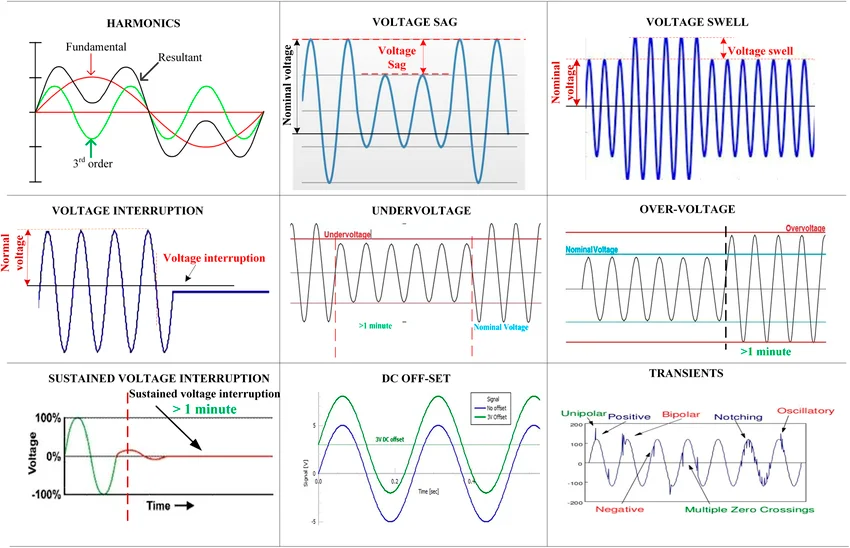Power Quality Assessment

Power quality refers to the ability of an electrical grid to supply clean, stable, and reliable power. Ideally, power should have a pure sinusoidal waveform, maintaining voltage and frequency within acceptable tolerances. However, real-world power sources often face disruptions due to non-linear loads, harmonic distortions, and evolving power generation technologies.
Power Quality issues can take many forms; harmonics, voltage hangs/swells, flicker, transients etc. Regularly the cost of power quality moderation is little contrasted with the expenses related to the issue itself. The issue of poor power quality is that it goes to a great extent unnoticed. The symptomatic results of poor power quality issues are regularly ascribed inaccurately to different causes.
Why is Power Quality Important?
Poor Power Quality Can Lead To:
➤ Equipment Failures & Malfunctions – Voltage fluctuations and harmonics reduce the lifespan of machinery.
➤ Production Losses & Downtime – Unstable power leads to costly business disruptions.
➤ Higher Energy Costs – Inefficient power flow increases electricity bills and reactive power tariffs.
➤ Data Corruption & Work Loss – Critical operations can be affected by power disturbances.
➤ Safety Risks in Sensitive Environments – Hospitals, data centers, and industrial plants require uninterrupted power to prevent life-threatening situations.
Good Power Quality Provides:
➤ Lower Energy Costs – Optimized power factor reduces unnecessary electricity consumption.
➤ Extended Equipment Life – Prevents overheating, wear, and premature failure.
➤ Improved Business Continuity – Minimizes operational risks and production halts.
➤ Compliance with Power Regulations – Meets energy efficiency and safety industry standards
OUR SERVICES include:
➤ Harmonic Audit: Detect and mitigate harmonic distortions in your electrical system to prevent equipment damage and energy losses.
➤ Compliance Audit as per CEA: Ensure adherence to Central Electricity Authority (CEA) regulations for seamless operations and regulatory compliance.
➤ Voltage Regulation Test: Analyze and optimise voltage levels to maintain system stability and enhance equipment performance.
➤ Transient and Surge Analysis: Identify and address transient events and surge conditions that can lead to costly downtime and equipment failure.
➤ Flicker Analysis: Evaluate and minimize voltage fluctuations causing flickering issues to improve operational efficiency and end-user experience.

